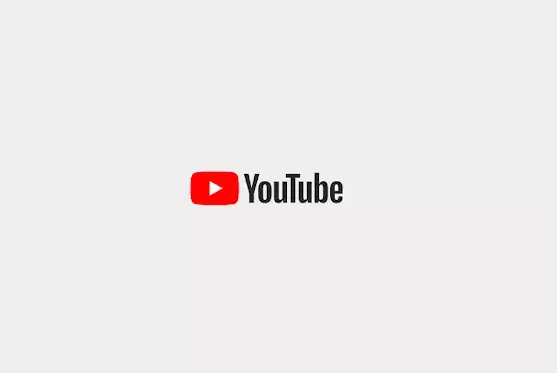YouTube’s recent overhaul of its Advertiser Friendly Guidelines signifies a pivotal moment in the platform’s approach to content monetization. Historically, creators who included profanity or intense language in their videos faced strict monetization restrictions, often losing revenue and audience engagement. This rigidity stifled authentic storytelling, especially for genres like gaming, comedy, and even daily vlogs, where slang and colorful language are sometimes integral to expression.
By loosening restrictions—allowing strong language early in videos without immediate demonetization—YouTube is signaling a recognition that creative freedom and authenticity should not be sacrificed for the sake of compliance. This move aligns with the evolving digital culture, where genuine, unfiltered content resonates more profoundly with viewers. It’s a step toward embracing the diversity of voice on the platform, acknowledging that language, when used thoughtfully, can add authenticity rather than detract from a creator’s message.
A Shift Reflecting Market Demands and Audience Expectations
The platform’s decision is rooted in understanding both market dynamics and audience preferences. Today’s digital consumers crave transparency and honesty; overly sanitized content often feels disingenuous. Creators know their audience best, and many have expressed frustration that prior restrictions forced them to compromise their style and voice. The initial prohibition of profanity at the start of videos, ostensibly for ad safety, often led to content being edited or censored, diluting impact.
YouTube’s pivot to permit strong language early on reflects a nuanced understanding: advertisers’ controls have become sophisticated enough to target specific types of content, reducing the need to impose broad restrictions. As ads can now be more precisely aligned with viewer preferences, the platform is empowering creators to speak more freely. This is not just about comfort; it’s about enabling more genuine interactions that foster community loyalty and long-term engagement.
Balancing Monetization with Responsibility
While this policy relaxation offers significant benefits, it also raises questions about responsibility and moderation. YouTube still restricts the use of moderate and strong profanity in titles or thumbnails, recognizing that first impressions matter and that certain signals can be more offensive outside the content itself. This selective approach indicates a careful balance—creators can be expressive, but within boundaries that won’t alienate advertisers or viewers.
This nuanced stance underscores a broader philosophical shift: content creators are trusted to understand their audience and use language responsibly. The new guidelines assume a level of maturity among both creators and viewers, emphasizing that authenticity should be celebrated, but with an awareness of context and frequency. High frequency of profanity or its use in key visual elements will still lead to restrictions, which is reasonable because visual cues are often the first impression and can influence monetization potential.
The Future of Creative Expression on YouTube
Ultimately, this policy change positions YouTube as a more creator-centric platform. For many, this shift opens doors to more expressive storytelling, from edgy comedy routines to authentic gaming streams that reflect real experiences—unfiltered and true to life. It signals a move away from censorship-driven content policing toward a more responsible and mature model, where creators are trusted to self-regulate and adapt.
This evolution invites a broader conversation about the nature of monetization in digital media. As audiences grow more discerning and advertisers more targeted, platforms must evolve to strike a delicate balance: fostering creative freedom while maintaining brand safety. YouTube’s updated guidelines reflect an acknowledgment that authenticity can be compatible with monetization, as long as moderation and context are considered.
In a landscape where the lines between entertainment, advocacy, and raw reality blur, the platform’s new stance could be a catalyst for richer, more genuine content. Creators who embrace this trust may find themselves with increased opportunities for growth and connection, helping to redefine what it means to be a successful YouTuber in the modern age.

